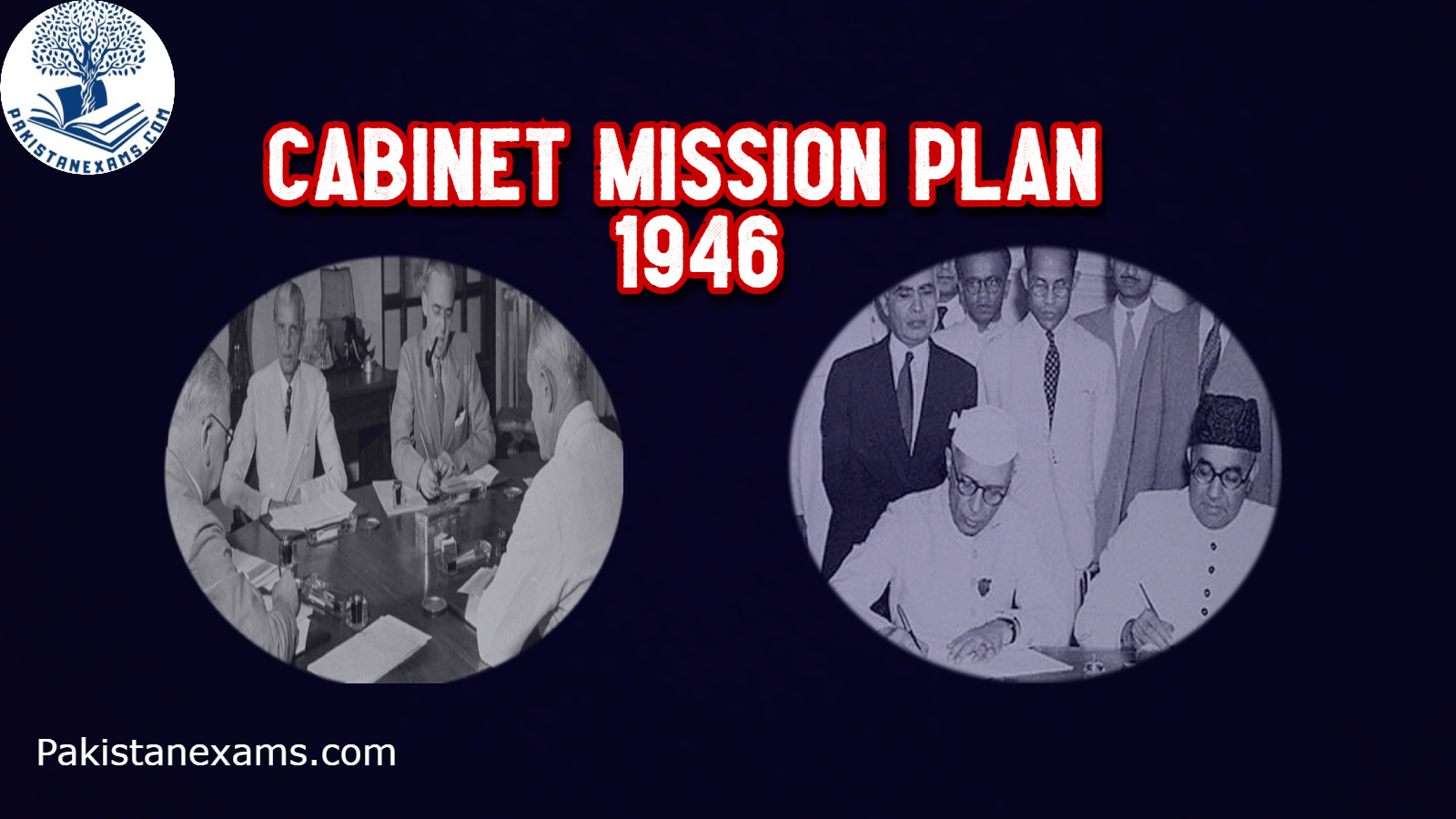Introduction
The Cabinet Mission Plan of 1946 was a significant proposal put forward by the British government to address the issue of India’s independence and the future political structure of the country. Its members were A.V. Alexander, Sir Stafford Cripps, of the Cripps Mission, and Lord Pethick Lawrence, the Secretary of State of India.
Note: Lord Wavell, who proposed the Wavell Plan, was the Viceroy during the Cabinet Mission Plan.
Purpose of the Cabinet Mission Plan
Find a Solution to the Political Deadlock: finding a solution to the political deadlock between the Indian National Congress and the Muslim League regarding the future of India, was the main purpose of the Cabinet Mission Plan.
Establish a Framework: The plan also addressed the concerns of different religious and political groups in India through an established framework.
Salient Features of the Cabinet Mission Plan
The key features of the Cabinet Mission Plan are given below:
Grouping of Provinces
The plan proposed the division of provinces into three groups based on religious and geographical considerations. Group A consisted of Hindu-majority provinces, Group B included Muslim-majority provinces, and Group C comprised the remaining provinces.
Constituent Assembly
The plan called for the establishment of a Constituent Assembly that would be responsible for drafting India’s constitution. The Assembly would consist of representatives from the provinces and the princely states.
Provincial Autonomy
The plan emphasized significant provincial autonomy. It allowed the provinces to have control over most matters except for defense, foreign affairs, and communication, which the central government would control.
Interim Government
The cabinet mission plan proposed the formation of a central interim government in India. It was to consist of representatives from different political parties. This government would be responsible for the day-to-day administration until the Constituent Assembly finalized the constitution.
Protection of Minority Rights
The plan included provisions to safeguard the rights of religious and minority groups, and it ensured their representation and protection in the country’s political structure.
Conclusion
In short, the Cabinet Mission Plan of 1946 played a crucial role in shaping the political landscape of India and setting the stage for the eventual independence and partition of the country. It worked to end the political deadlock in India. Lastly, it recognized the importance of provincial autonomy and addressed the concerns of minority groups.

